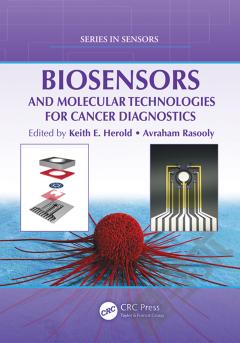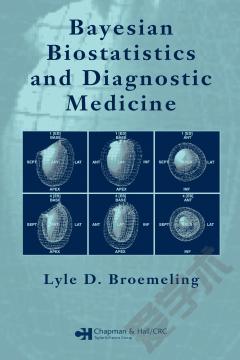Biomedical Computing for Breast Cancer Detection and Diagnosis
Despite success with treatment when diagnosed early, breast cancer is still one of the most fatal forms of cancer for women. Imaging diagnosis is still one of the most efficient ways to detect early breast changes with mammography among the most used techniques. However, there are other techniques that have emerged as alternatives or even complementary tests in the early detection of breast lesions (e.g., breast thermography and electrical impedance tomography). Artificial intelligence can be used to optimize image diagnosis, increasing the reliability of the reports and supporting professionals who do not have enough knowledge or experience to make good diagnoses. Biomedical Computing for Breast Cancer Detection and Diagnosis is a collection of research that presents a review of the physiology and anatomy of the breast; the dynamics of breast cancer; principles of pattern recognition, artificial neural networks, and computer graphics; and the breast imaging techniques and computational methods to support and optimize the diagnosis. While highlighting topics including mammograms, thermographic imaging, and intelligent systems, this book is ideally designed for medical oncologists, surgeons, biomedical engineers, medical imaging professionals, cancer researchers, academicians, and students in medicine, biomedicine, biomedical engineering, and computer science.
{{comment.content}}








 京公网安备 11010802027623号
京公网安备 11010802027623号